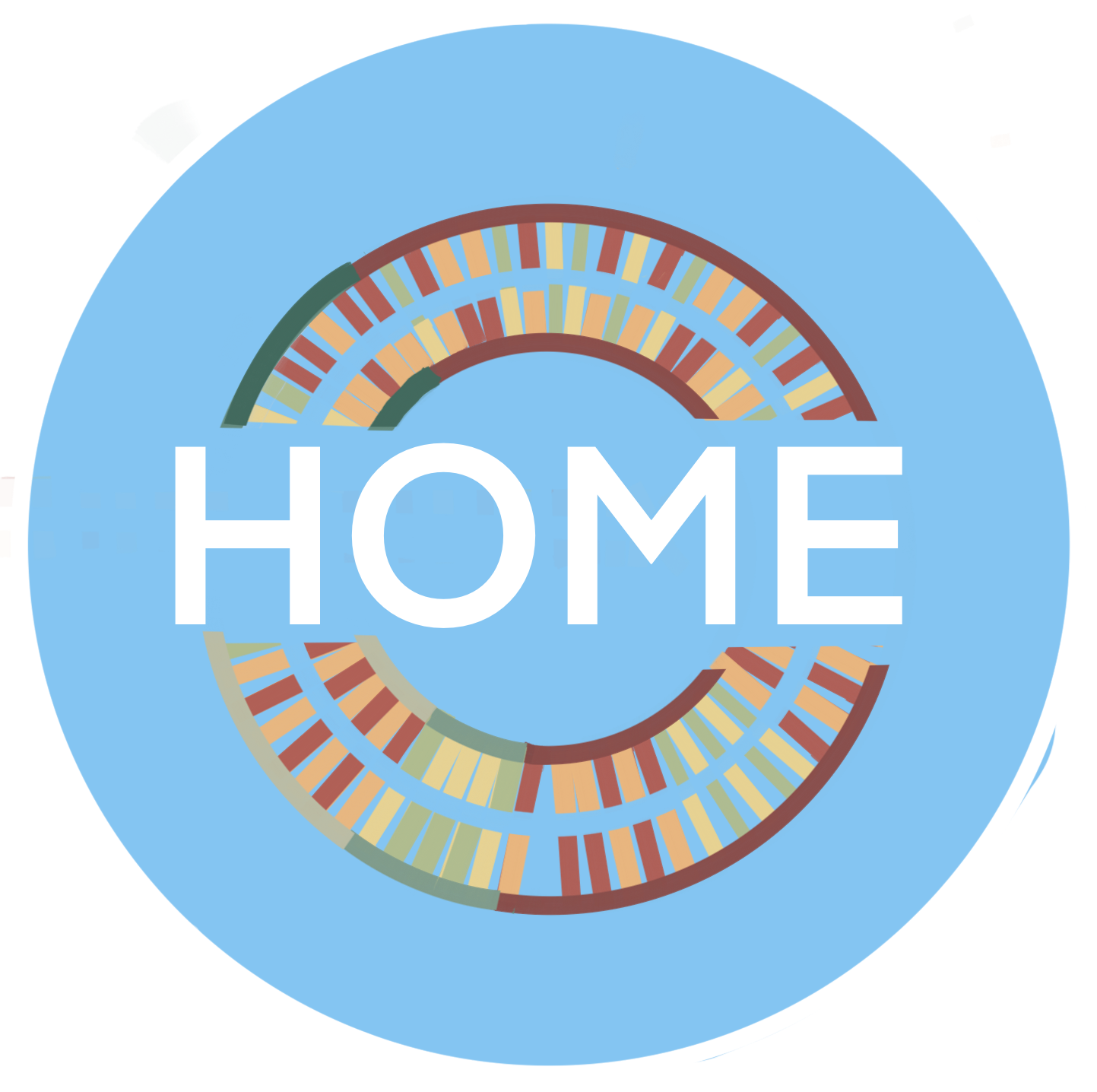Engineering
In this section, we will introduce our engineering design cycle.We designed and constructed the first model containing APP sequences, and then optimized the experimental conditions to improve its efficiency.Later, we designed other different models, such as the model without APP sequence, and explored the regulation of regulatory factors on them through experiments.
The engineering cycle
Research→Imagine→Design→Build→Test→Improve→Test→Design→Test→Future
Research:How to regulate transcription by b-DNA and Z-DNA conversion?
To understand the mechanism of conversion between B-DNA and Z-DNA, we reviewed the literature and sought the help of relevant experts.We found that the APP sequence is essencial for conversion between the two, and the conversion between B-DNA and Z-DNA can be achieved by adding ZBP1 antibody, spermatic ammonia ion and other regulatory factors.On the premise of keeping the chain number unchanged, the conversion of B-DNA to Z-DNA can open the hairpin structure, so that DNA polymerase can easily combine with the promoter sequence in the hairpin structure, and realize the regulation of transcription.
Imagine: How to testify the regulatory effects?
We hope to use the nuclear enzyme to detect our regulatory effects. We think that if we can regulate transcription correctly, then we transcribe the nuclease. We use the existing RNA to verify that the transcription produces the product we want to get -- the nuclease. If the cutting is successful, it can prove our regulatory effect.
Design: How to design a model containing APP sequence?
We designed a circular double stranded DNA model with a cross structure,with part of the promoter subsequence contained in the cross structure。We add the app sequence in the front end of the cross structure, hoping that the subsequent experiment will change the structure of the app sequence to achieve the purpose of transcription. And the sequence after the promoter is the DNA sequence of the ribozyme that we want to express. The specific design can be checked from design part.
Build:How to build a model?
After completing the design of the model sequence, we ordered from the company our sequence needed. We also ordered a splint chain to help our designed DNA sequences to form a cycle, and we build our model with these DNA chains. We divide the model into three parts,including the cyclization of single stranded DNA、the preparation of the double loop topology isomers and transcriptional regulation.
Test: Are we getting the desired results?
We constructed our model through the experiment, and in each part of the model, we conducted the preliminary experimental results by electrophoresis, and analyzed our results through the gel imager to calculate the efficiency of our experiment. Please check our results page for the specific results.
Improve: How to improve our experimental plan?
We found that in the initial reaction conditions, the substrate had more surplus and the reaction efficiency was not very high. In order to improve the yield, we set up different reaction conditions in the experiment to explore the optimum conditions of our experiment. In addition, we have improved our experimental methods to obtain the products we want to get.
Test: Verify the improved experimental scheme
Again, we tested the experimental conditions and the scheme of our improvement. After the electrophoresis and coagulation imaging analysis, we chose our final experimental program in many experimental conditions and conducted experiments in that very experimental conditions.
Design: design other different models
On the basis of the model that contains the app sequence, we designed other different models to better validate our results. Other models we design include one without the app sequence, one without the cross structure, and one that contains a model that does not match the cross structure.
Test: to verify different models with experiments
In order to better verify our results, we build and experiment with other models and compare the results of the experiment to verify whether our reasoning is correct.
Future: Our expectations
We have designed an experiment in vitro. In the future, we hope to use plasmids to import our models into microbial cells, allowing them to regulate transcription in cells to regulate the expression of genetic material.




